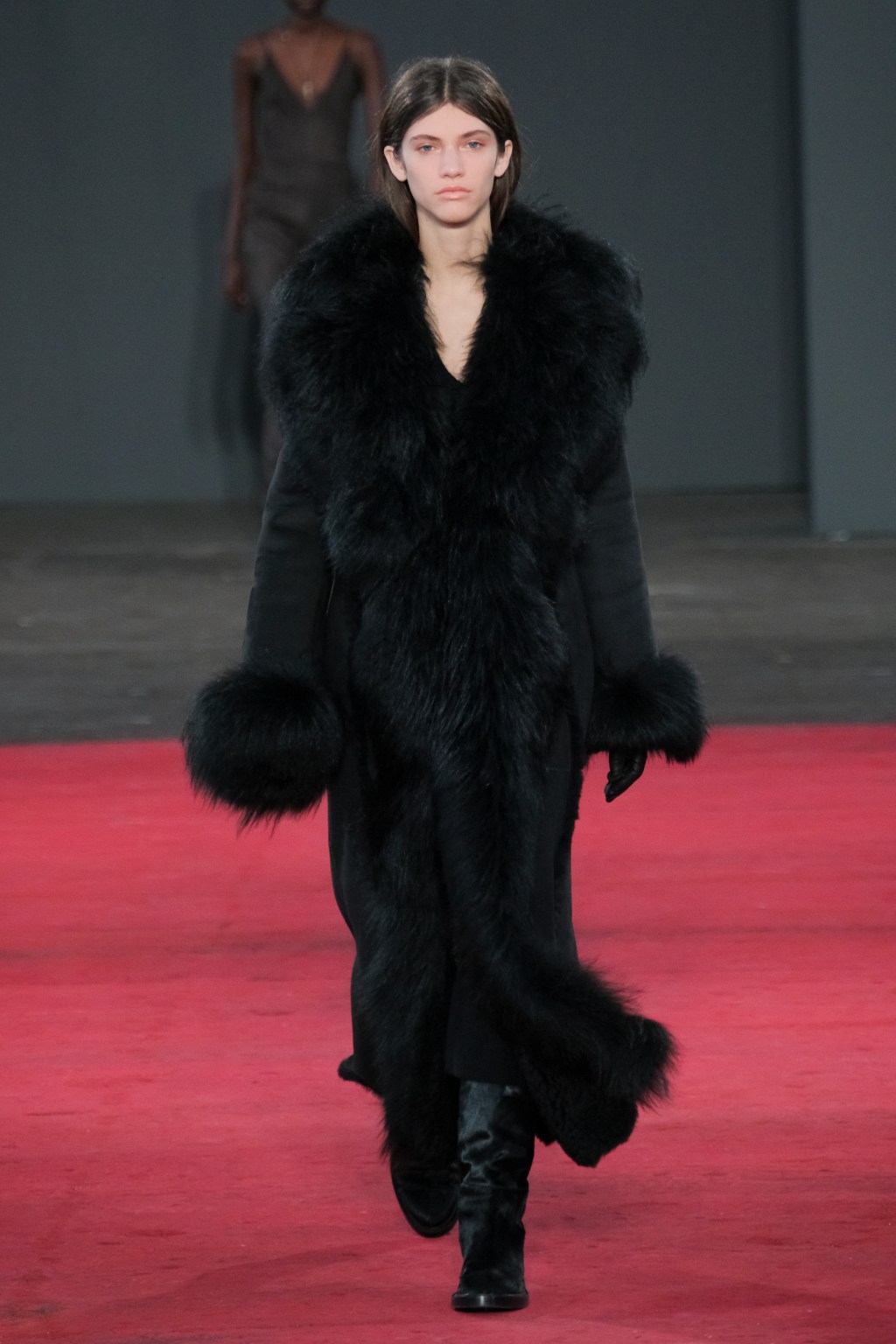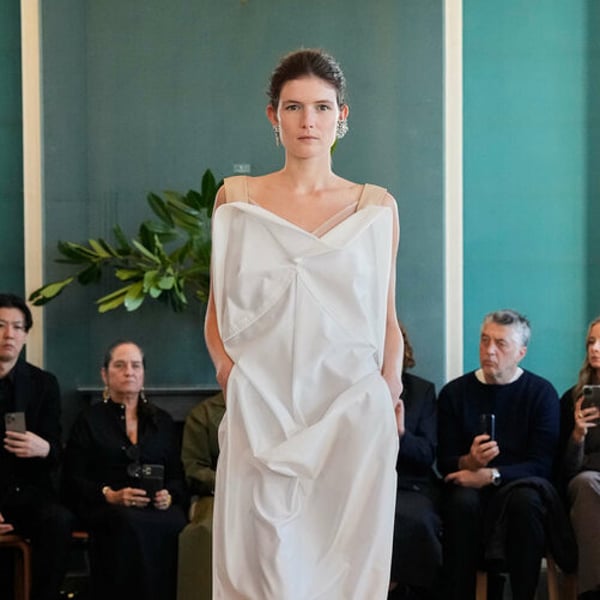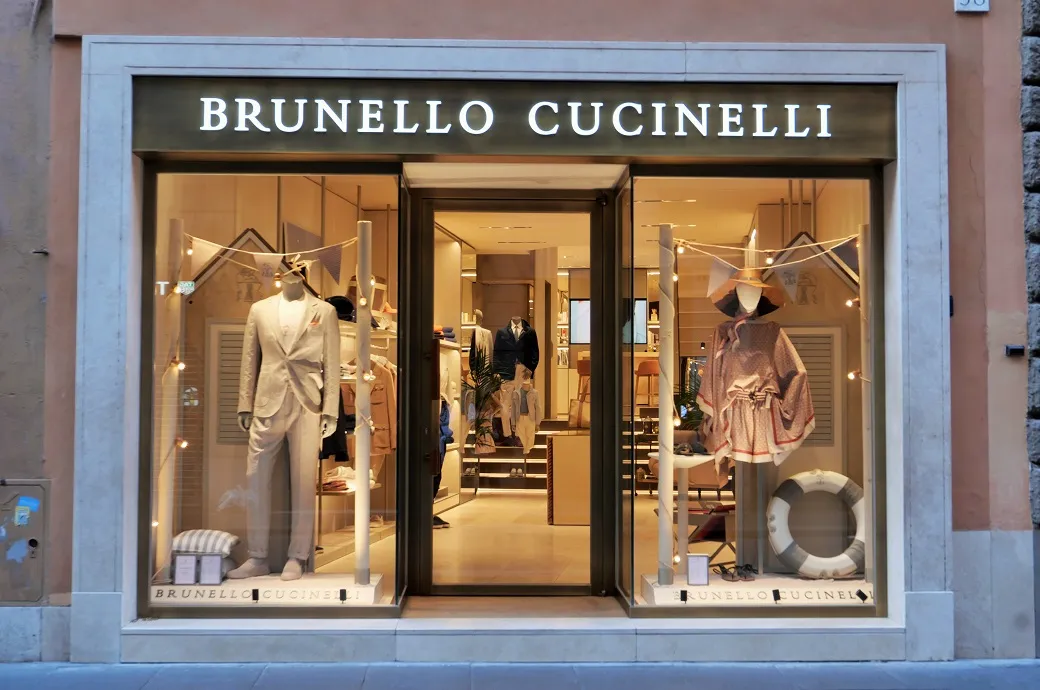Translated by
Roberta Herrera
Published
March 4, 2024
Fifteen years ago, Ecoalf redefined the concept of sustainable fashion, combining its commitment to responsible production with timeless, minimalist and highly desirable designs. Recently, for the second consecutive year, it was recognized as “the most environmentally responsible company in Spain” in the Merco 2023 ranking (Business Monitor of Corporate Reputation), which evaluated 53,500 companies. Now that the industry has adopted terms such as carbon footprint and traceability, and practices such as the use of recycled materials, where is environmental care in fashion heading? FashionNetwork.com spoke with Carolina Blázquez, head of innovation and sustainability at the company that turned her motto “Because there is no planet B” into a global mantra.
FashionNetwork.com: What sustainability projects is Ecoalf currently working on?
Carolina Blázquez: Sustainability projects are part of the company's general strategy. We work on four main fronts: decarbonization, water protection—both through the Ecoalf Foundation for ocean conservation and by using water much more efficiently throughout our value chain—, traceability and transparency, because for us it is not There is a way to improve without really knowing how things are done through data and circularity.
In this last aspect, we focus on the origin of the materials and work on eco-design to move towards mono-material products, which currently make up 70% of our collection. We not only use recycled or low impact materials but we also design them so that they can be easily recyclable in the future. And there is a fifth element that we have added, which is very holistic and encompasses a lot of all of this, and that is regeneration.
FNW: Indeed, “regeneration” is a buzzword in the sustainability universe, but how does it apply to fashion in general and business in particular?
CB: In recent years, we have realized that, although it is advisable to minimize the negative environmental impact we generate, the next step is to go from low impact to positive impact. And it is on regeneration where we are currently focusing all our innovation efforts, starting mainly with raw materials.
FNW: How is that commitment to innovation and regeneration being implemented?
CB: For example, we are currently working on a project in India where we are connecting many small farmers who are reviving ancient techniques. Technology is allowing them to come together on a single platform where they can share all their knowledge and best practices.
Regeneration is holistic because it encompasses soil, biodiversity, CO2, water, local communities… the scope is enormous. What we are doing is introducing regeneration into textile fibers. This does not mean that the entire company is currently regenerative, but rather that we are on the path to regeneration. We are starting, just as we did 15 years ago when we started recycling plastic bottles to make clothing.
FNW: What is the first step in this regeneration with textile fibers?
CB: Regenerative cotton. The objective is to replace it in the medium-long term with organic cotton and to have only recycled and regenerative cotton in the collection. For us, organic cotton has a huge impact on land, water and even communities. On the other hand, recycled cotton has many technical limitations; So how can we make you wear a cotton shirt feeling like you are contributing positively to the planet? Through that regenerative cotton.
When you grow and harvest it in a very specific way, understanding the needs of the land, the soil you leave behind is much richer than before you planted cotton. That is, you are enriching it. You are not only generating the minimum negative impact.

FNW: With initiatives like these, Ecoalf is paving the way in the industry. How does that responsibility feel?
CB: I love looking back and seeing more companies coming. Because it will be better for everyone if more companies do what we are doing. The thing is that, if we normally say that natural resources are limited, when we talk about regeneration and prioritize the needs of the planet, those resources are much scarcer. Because we are listening to the needs of the Earth and how far it can go. And we have to adapt to that.
FNW: Along with innovation, legislation is another driver of change for sustainability in fashion, but is the industry prepared to comply with the regulations coming into force in the European Union?
CB: We talk about different levels of change: consumption, companies and legislation. And all three must move very fluidly or change will not be possible. If the legislation is designed for large companies but SMEs, which make up the majority of the Spanish business fabric, cannot comply, it will not be useful legislation.
This legislation, first of all and from my point of view, should come with positive discrimination criteria towards all companies that have been trying to do things better for a long time. It is also important to understand the needs of companies. Because legislation that will force many changes may be unaffordable for a small workshop in, for example, Albacete. However, big companies will find a way to do it.
FNW: From your experience and knowledge of the sector, how do you envision the future of sustainability as we understand it?
CB: Technological advances are crucial at the current time, especially in processes and materials. But, in general, there are two lines that have to coexist. On the one hand there is digitalization and technology, which allow us to continue growing in efficiency, in processes, in the use of natural resources, even in the use of data. And on the other hand, there is a return to the land, a return to the essence, reclaiming all that ancestral part, since we are two or three generations away from being sustainable. What will happen when we return to that essence and connect it with technology? For me, that's where the magic will happen. And the union of these two worlds is what gives me hope to stop climate change.
Copyright © 2024 FashionNetwork.com All rights reserved.












